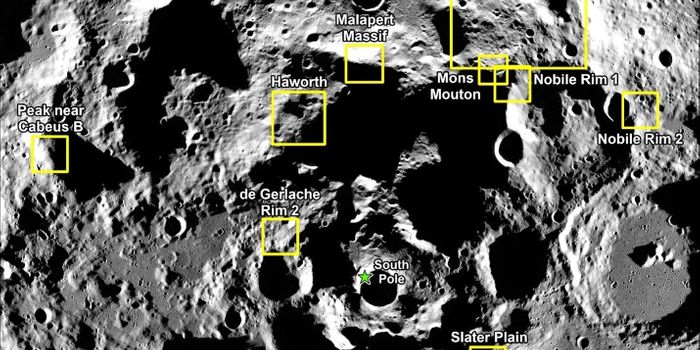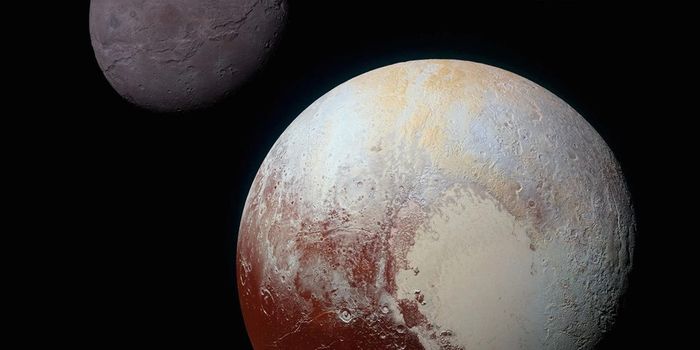Gaia Discovers a Planet Undergoing Fusion
An international team of scientists led by Sasha Hinkley at the University of Exeter have used the European Space Agency’s Gaia telescope to detect a new exoplanet, a planet orbiting a star other than our Sun. The most intriguing part of this discovery though is that there is evidence that this new exoplanet is undergoing nuclear fusion in its core, a process usually reserved for stars. Hinkley presented the team’s findings during a press conference earlier this month during the 241st meeting of the American Astronomical Society in Seattle, Washington. The research has also been accepted for publication in the journal Astronomy & Astrophysics.

The subtle movements implied that there was some massive body perturbing the star’s motion through space. To detect this massive body, which was suspected was a planet, the team obtained observations of the star using the GRAVITY instrument of the Very Large Telescope (VLT). Here, the team was able to synchronize the VLT’s four main telescopes using the process of interferometry to allow the telescopes to perform as one singular, much larger telescope. Using GRAVITY, the team was able to measure the position of the star and the perturbing body – the planet – in their orbits around each other in an extremely precise way. Additionally, the instrument was able to measure the spectrum of light emitted by the planet’s atmosphere, which allowed them to characterize the planet’s atmosphere.
This discovery marks a breakthrough in the field of exoplanet detection. This is one of the first times an exoplanet has been detected when its presence was inferred from the astrometric motion of its host star as it moved through space. The team believes that this will be a new and novel way to find exoplanets with all the data available through the Gaia mission. In addition, this study shows that many of these exoplanets may be able to be characterized via direct imaging with follow-up observations from ground-based observatories.
The team found that the planet appeared brighter than a planet of its size should be. The team believes that the brightening is due to nuclear fusion that is happening in the core of the planet. This nuclear fusion could only be due to the burning of deuterium – “heavy hydrogen” or hydrogen with a neutron in its nucleus. The planet has a mass at the deuterium-burning limit, which is currently accepted to be about 13 times the mass of Jupiter. Therefore, these results may also help scientists clarify the boundary between what is considered a brown dwarf and what is considered a true exoplanet.
Source: University of Exeter








